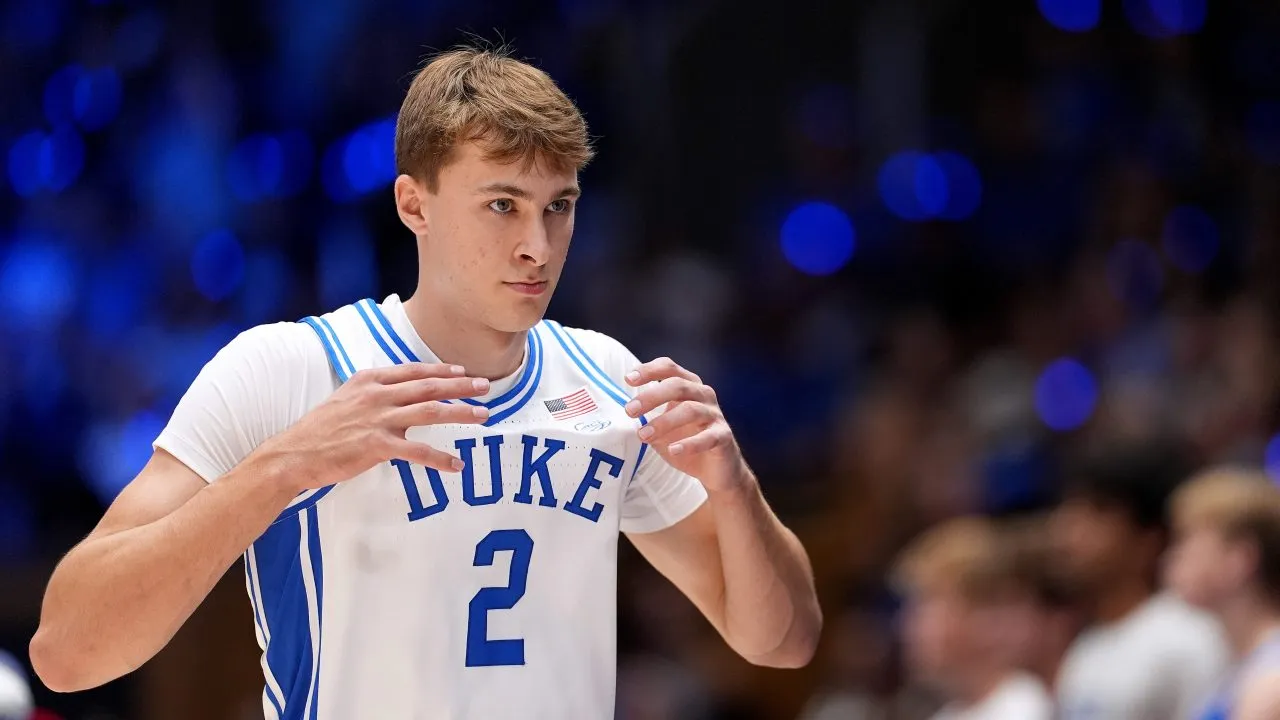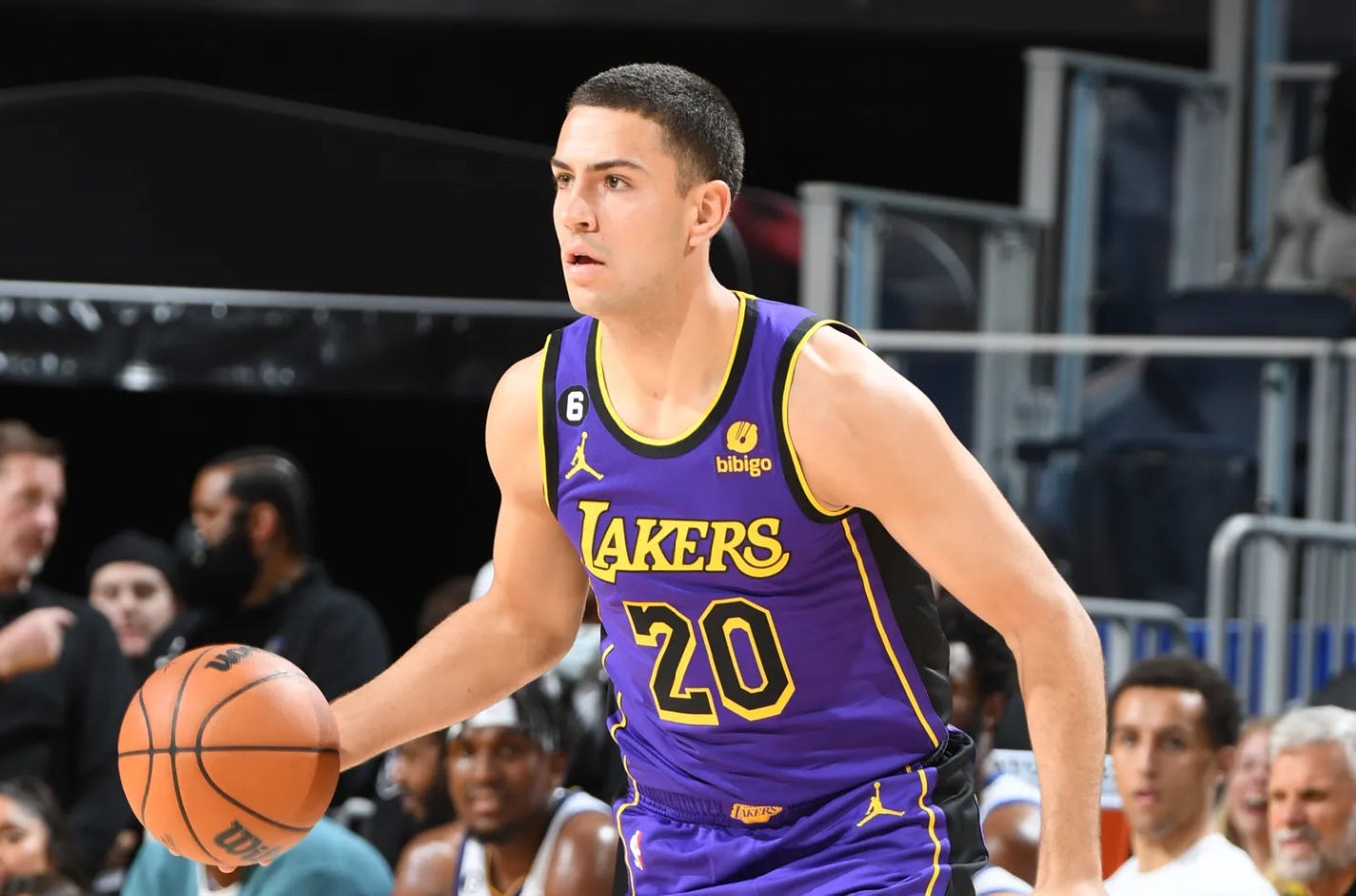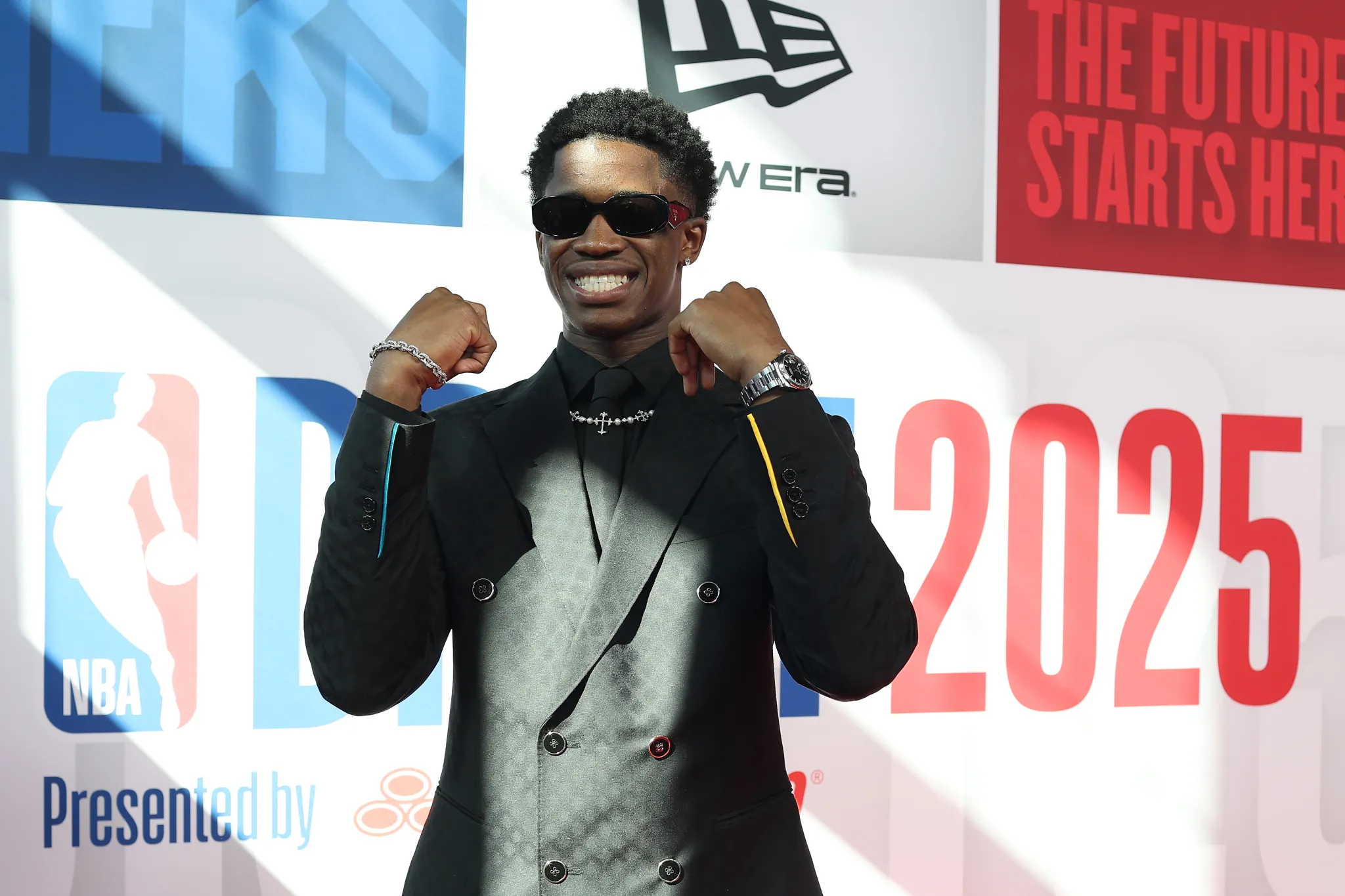Today in sports history (1972), Kareem Abdul-Jabbar took home the second MVP of his career. The young center was coming off a season where the Milwaukee Bucks won the championship and Abdul-Jabbar was named MVP of the season.
In 1972, he picked up his second straight MVP and overall second MVP with the Bucks. With his partnership with Oscar Robertson, Abdul-Jabbar led the Bucks to a 63-19 record, which qualified them for the second-seed in the Western Conference. The Lakers took the one-seed after famously winning 33 games in a row. The Bucks were actually the team to break the 33-game win streak. Abdul-Jabbar’s Bucks ended up going down to the Lakers in the playoffs, losing the series 4-2 in the conference finals.

Kareem Abdul-Jabbar Establishes Himself As Best Center in NBA
Back before the three-point line existed, the center position was a premium in the NBA. To get someone who could efficiently score two-point shots was key to a team. Take Bill Russell, Bob Pettit and Wilt Chamberlain for example. Then, there was this kid out of New York, who played basketball at UCLA. Lew Alcindor. After winning a championship and an MVP with the Bucks, many thought he could be the next great center. A trip to Africa made Alcindor change his name to Kareem Abdul-Jabbar, and a legend was born.
In the 1972 NBA season, Abdul-Jabbar averaged 34.8 points per game, the most ever in his career. On top of that, he averaged 16.6 rebounds and 4.6 assists. He did all of this while shooting 57% from the field.
Abdul-Jabbar’s biggest rival on the court was Chamberlain, who has become known in NBA lore as almost like a myth. In the 1971-72 season, Chamberlain averaged 14.8 points per game, 19.2 rebounds and 4 assists. Although this was at the end of Chamberlain’s career, Abdul-Jabbar winning MVP again felt like a changing of the guard in the NBA. Abdul-Jabbar went on to win four more MVP awards, as well as five more titles with the Lakers. Based on his two MVPs and one championship in Milwaukee, Abdul-Jabbar will go down as one of the greatest players in franchise history.
Follow us on all of our social channels! Check out our Twitter, Facebook, YouTube and TikTok for more great FlurrySports content.




